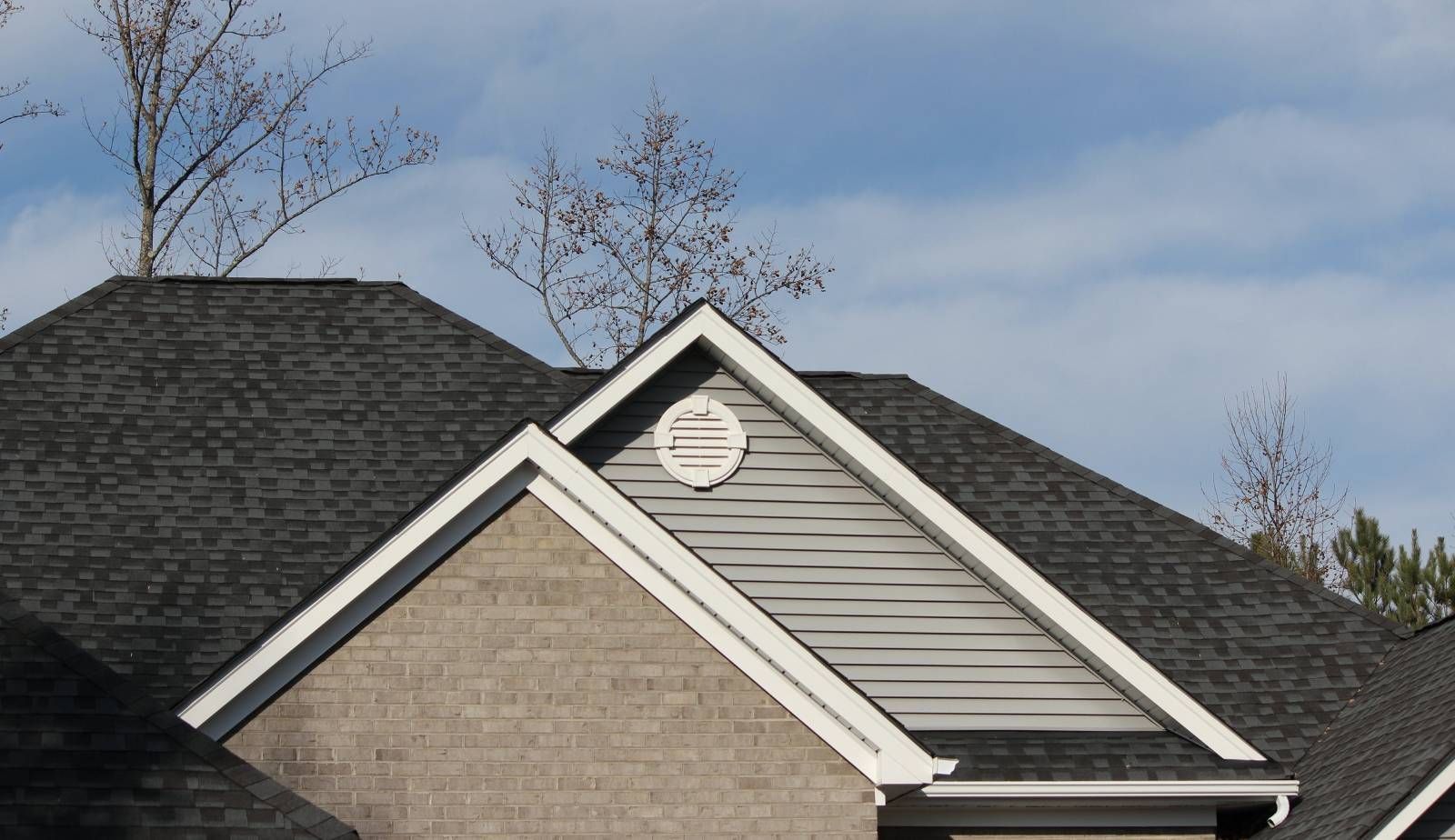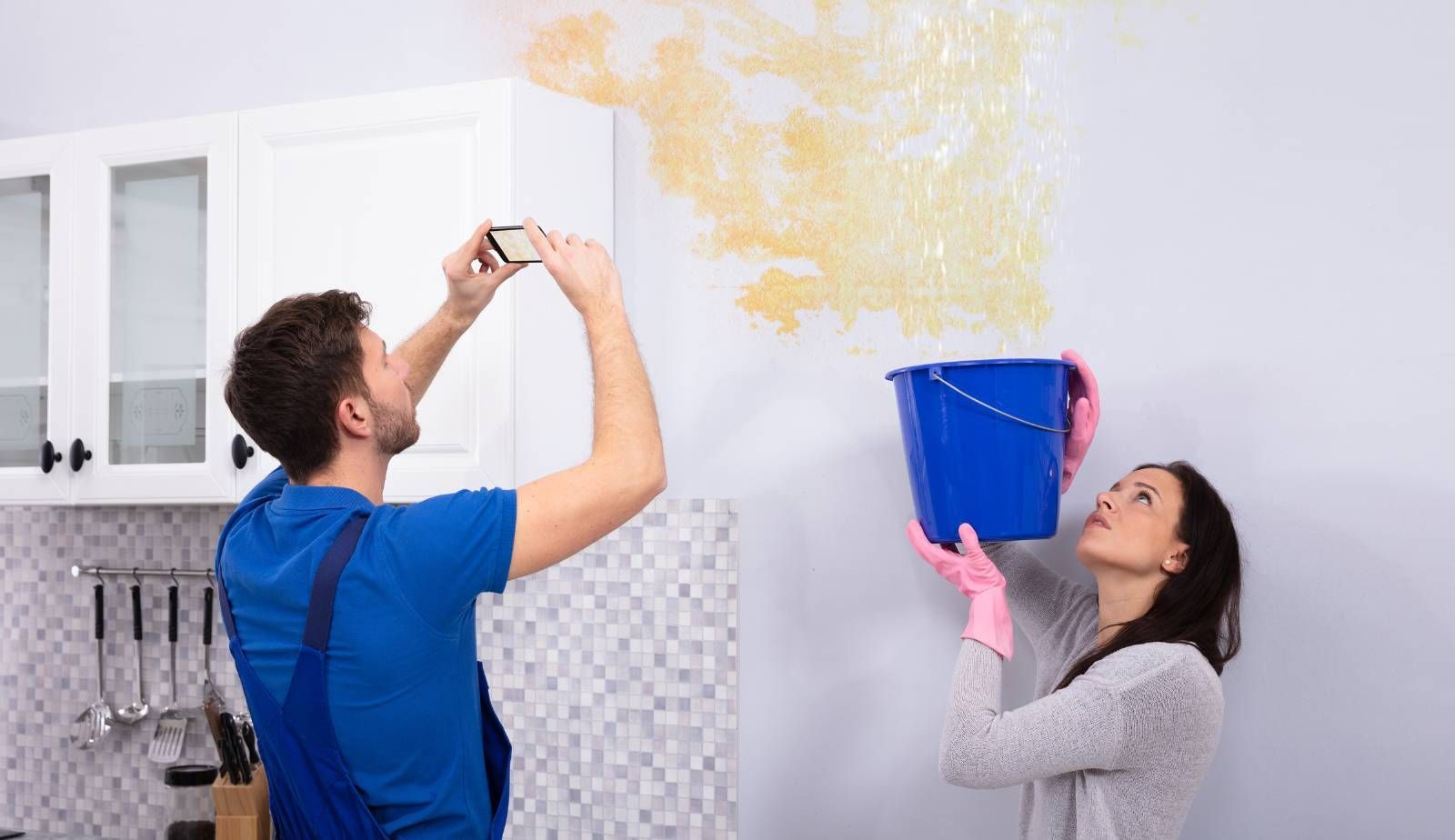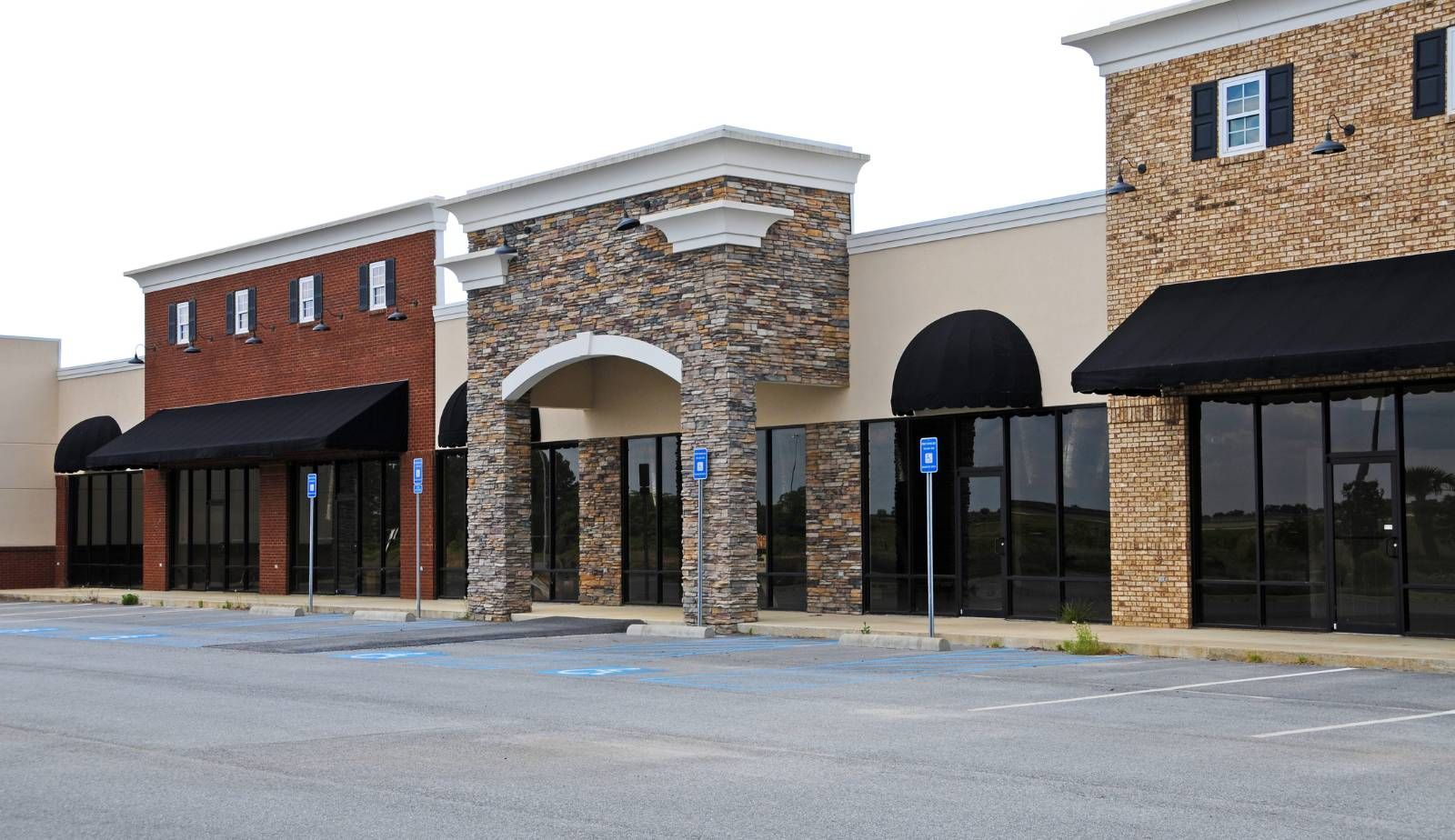What Causes Sewage Backups & How To Clean Up Sewage
What Causes Sewage Backups in Lafayette Buildings?
Sewage backups are stressful, hazardous and require specialized cleanup. Sewage backup can also damage floors, furniture and promote mold development if not dealt with properly. Let’s take a closer look at what causes sewage backups in the first place and how to handle cleanup when it occurs.
Sewage Backups Caused by Clogged Sewer Lines:
Clogged lines are the most common cause of sewage backups in commercial and residential properties. Your pipes can become clogged when excess toilet paper, grease, food, hair, dirt, and small objects get sent down the drain and collect to create a blockage. Blocked lines can slow down (or stop) the flow of wastewater through your plumbing system, causing it to come back up. Clogs are frequently caused by the misuse and abuse of your sewage lines, as well as a lack of adequate maintenance. Keep an eye on your drains. If you have many drains clogged at the same time, it could be a symptom of a larger problem with your main sewer system. You should get expert help as soon as possible to resolve the problem.
Damaged or Broken Sewer Lines Cause Sewage Leaks:
Debris settling, age-related wear and tear, tree roots, external damage, and pebbles and dirt entering the pipes can all cause a sewage line to crack or break. This causes a blockage in the line, which might result in sewage backing up into your home. When a sewage line breaks or completely collapses, wastewater will stop flowing to its destination. This can cause sewage stay in the pipe and eventually back up into the home. Whether your sewer line is damaged or completely collapsed – you need to consult a professional plumber to properly repair the issue.
Tree Roots Damage Sewer Lines & Cause Sewage Backups:
Tree roots are infamous for their tenacity and viciousness. Tree roots can extend several feet underground from the tree itself. Roots can grow into or around sewer lines in various circumstances. This can result in holes, obstructions, or even complete failure. The issue with trees is more than meets the eye. You can never tell what trouble is hiding beneath the surface of an iceberg. Even if no trees are planted close or above your sewage pipes, roots from surrounding yards might intrude on your line and cause problems.
Health & Safety Hazards of Sewer Leaks
Sewer backups can cause serious property damage and present certain health & safety risks. “Black water” or Category 3 water can damage building materials, cause structural concerns, and present certain health risks due to the heavily contaminated wastewater.
- Health & Safety Hazards: Wastewater from a sewage leak usually contains a variety of bacteria, viruses, and germs that can be hazardous to humans. If you do not take the necessary safety precautions when dealing with a sewer leak or backup, you can be putting yourself and your family at risk.
- Property Damage & Structural Concerns: Raw sewage and wastewater can leave you with serious and costly property damage if it is not properly cleaned up in a timely manner. Porous building materials may be non-salvageable after contamination. If the property is not properly dried out, you might end up with serious structural concerns later down the line.
- Fire Hazards: If the water level has reached any plugs, electrical outlets, extension cords, or gas-burning equipment, do not touch anything! Get out of the building immediately and call the professionals as the risk of a fire is enormous. If all your electrical equipment as well as the distribution panel is still safely above water, switch off the power as soon as you detect the problem.
Sewage Removal, Sanitization & Deodorization
Lafayette homeowners should not attempt to remove and cleanup raw sewage on their own. The wastewater from a sewer backup can contain dangerous bacteria and harmful contaminants. Cleaning up sewage water is considered a Category 3 water cleanup because is it grossly contaminated can contain pathogenic, toxigenic, or other harmful agents. Cat 3 water cleanups should be performed by water restoration professionals who are properly equipped and experience in the safe handling and removal of raw sewage. All contaminated areas need to be thorough sanitized and noxious odors need to be eliminated to ensure restoration of a clean and safe environment.
For you and your family’s safety, sewage cleanup should be completed by a trained professional who will be able to properly complete the following:
- Safely extract any sewage water
- Carefully remove any non-salvageable, sewage-contaminated belongings and building materials
- Properly complete an effective structural dry out
- Thoroughly sanitize & deodorize the affected areas to restore safe conditions for you and your family.
Local Category 3 Water Damage Restoration Services Lafayette Louisiana
Like floods and fires, sewage backups are a major issue that require proper attention in a timely manner. The presence of Category 3 water, also known as "black water," brings life to a halt. When there's a sewage or drain backup, it's impossible to carry on as usual. It needs to be cleaned up as soon as possible. Because of the germs and bacteria, sewage is not only harmful to flooring and structural supports, but it is also exceedingly toxic to your health.
DO NOT TRY TO CLEAN UP SEWAGE BY YOURSELF. DIY sewage removal and cleanup procedures typically miss unseen damage caused by the raw sewage and flood waters, and you'll realize weeks or even months later that the mess you tried to clean up has been causing more and more damage behind the scenes. Furthermore, without the proper training and equipment, the chemicals needed to effectively sterilize the area can be dangerous to use. If you are in need of water damage cleanup services after a sewage related issue -- the DryMax Restoration Team can help. Our local office services all of Lafayette and the surround Louisiana areas. Call today -- 337-857-3670
You might also like
DryMax Restoration Blogs




